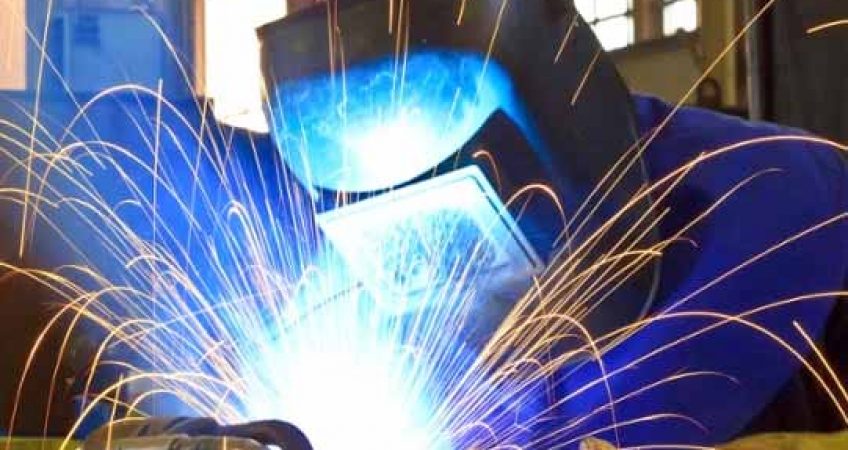01, Jan 2021

What they are, what makes them different and where they are used
In the industry, welding is a more than usual process. Joining or modifying metal parts usually requires an additional substance to act as a bonding agent and allow the parts to be completely joined together. This requires TIG or MIG/MAG welding.
There is more than one type, and here we will look at the two main ones that can be found in the industrial sector. We tell you all about MIG/MAG welding and TIG welding.
TIG welding
TIG welding is characterised by the use of a permanent tungsten electrode alloyed with zirconium or thorium. It is a procedure that is used when you want to make side parts that need to be finished with some type of welding, especially when you want to work with magnesium or aluminium structures.
To weld, it uses the heat of the electric arc generated between the workpiece and the tungsten electrode, and also has a gaseous protection system.
MIG/MAG welding
In the case of MIG/MAG welding, an electrode in the form of a continuous wire is used to create the electric arc with the workpiece to be welded in order to generate the appropriate heat, which in turn is consumed when filling. The particularity of the procedure lies in the type of gas, since if this is active, we are dealing with a MAG welding and, if it is inert, a MIG type.
It is generally used to work with small thicknesses of aluminium alloys or steel, although it is also valid for non-ferrous materials.
Applications
Typical TIG welding applications
Below is a list of common applications for TIG welding:
Welding of nickel alloys and titanium or aluminium equipment.
First pass welding pipes made of alloyed, stainless or nickel alloy steels. Internal welding of urea reactors made of stainless steel and titanium.
Welding of the tubes to the heat exchanger plates.
Typical MIG/MAG welding applications
The field of application of MIG/MAG welding is really wide, in fact it is the one used in most of the industry:
Welding of vehicle repair shops or mechanics. Necessary welds in the production of oil pipelines.
Shipbuilding industry, automotive industry and sheet metal processing industry.
Differences between MIG/MAG and TIG welding
The main difference between MIG/MAG welding and TIG welding is that in the former, the electrode acts as a filler for welding and is consumed in the process, while in the latter it does not change.
In addition to this, TIG is generally considered more difficult to perform than the other two as a result of the tolerances between the electrode, the workpiece and the filler rod. Their uses and applications, as mentioned above, are quite different, with the MIG and MAG types being the most commonly used in the industry in general.